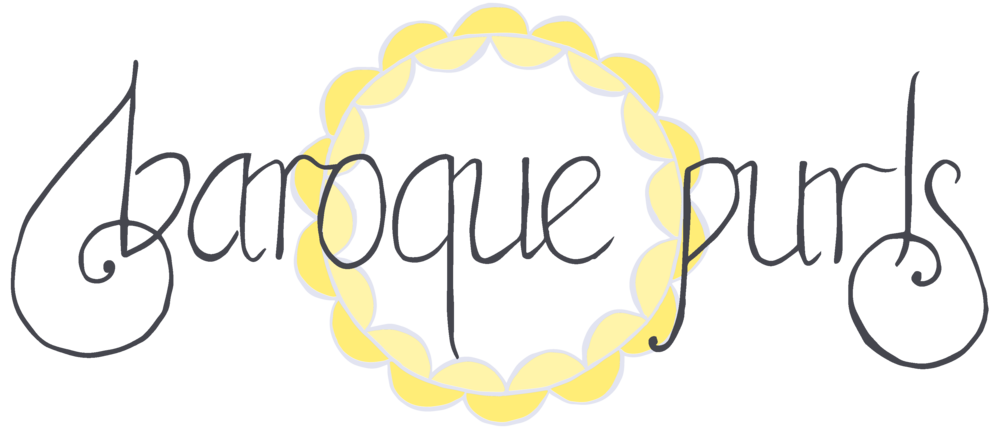A few exciting packages have arrived lately, because I've been buying books!
I ordered a shiny new copy of June Hemmons Hiatt's The Principles of Knitting, which I've been hankering after for ages. It's very in-depth, and will obviously take me quite a while to absorb. I really like having actual reference books around! The internet is a fount of all knowledge, yes, but often I just want to grab a familiar book when I need information on a technique...
I also found these second-hand knitting books going cheap on Ebay: Montse Stanley's Knitting Your Own Designs for a Perfect Fit, and Barbara Walker's Charted Knitting Designs. I have plenty to learn about garment construction, and I find stitch patterns endlessly fascinating. I'm still on the lookout for Barbara Walker's other stitch dictionaries.
They're older books, but most of the information is still useful and current.
I want to learn more about knitted garment construction as I think I might like to try designing a sweater sometime. And in the meantime, I'll be better equipped to tweak other people's designs fit me properly. :)
And last but not least, I ordered my own score of Handel's Messiah. I've joined a new choir (at the Scots' Church in the central city), and we'll be performing it this December. The new choir is going well so far - there are plenty of good singers, and we've done some interesting music. I feel like I'm diving into the 'other half' of the choral repertoire, i.e. the Protestant side of things. Good thing I like Bach. ;)
I think I'm the only choir-geek in the English-speaking world who's never been in a Messiah performance, so this will be interesting! I know two of the choruses already (and the soprano solos of course), so that's a start. I just need this damn cold to go away so I can start learning my parts...
I ordered a shiny new copy of June Hemmons Hiatt's The Principles of Knitting, which I've been hankering after for ages. It's very in-depth, and will obviously take me quite a while to absorb. I really like having actual reference books around! The internet is a fount of all knowledge, yes, but often I just want to grab a familiar book when I need information on a technique...
 |
| Suitably attired! |
I also found these second-hand knitting books going cheap on Ebay: Montse Stanley's Knitting Your Own Designs for a Perfect Fit, and Barbara Walker's Charted Knitting Designs. I have plenty to learn about garment construction, and I find stitch patterns endlessly fascinating. I'm still on the lookout for Barbara Walker's other stitch dictionaries.
They're older books, but most of the information is still useful and current.
I want to learn more about knitted garment construction as I think I might like to try designing a sweater sometime. And in the meantime, I'll be better equipped to tweak other people's designs fit me properly. :)
 |
| A peek inside... |
And last but not least, I ordered my own score of Handel's Messiah. I've joined a new choir (at the Scots' Church in the central city), and we'll be performing it this December. The new choir is going well so far - there are plenty of good singers, and we've done some interesting music. I feel like I'm diving into the 'other half' of the choral repertoire, i.e. the Protestant side of things. Good thing I like Bach. ;)
I think I'm the only choir-geek in the English-speaking world who's never been in a Messiah performance, so this will be interesting! I know two of the choruses already (and the soprano solos of course), so that's a start. I just need this damn cold to go away so I can start learning my parts...
 |
| "Hallelujah", etc etc... |












